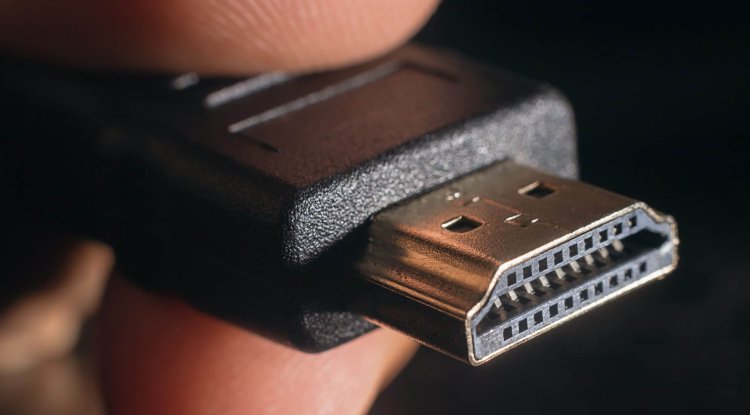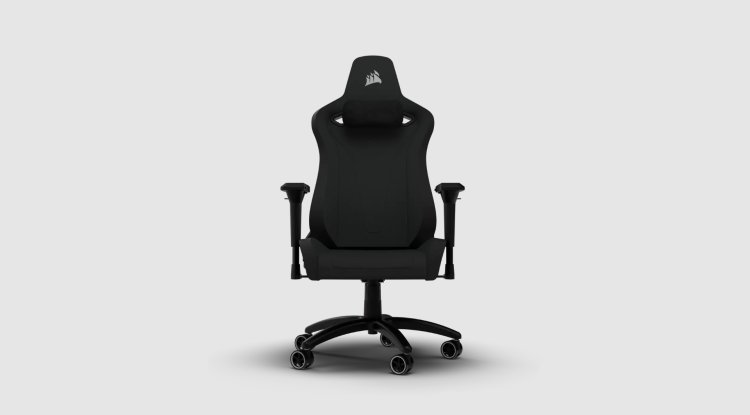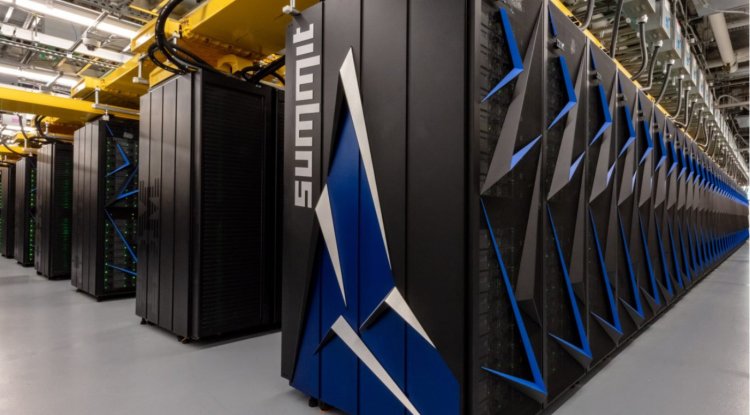DVI vs HDMI vs DisplayPort: Duel of video outputs

Gaming monitors have had these outputs in recent years, so we compare DVI vs HDMI vs DisplayPort to find out which connection interests you the most, will DVI weigh the years?
While DVI doesn't offer audio, HDMI and DisplayPort do offer audio, in addition to offering brutal video quality with a very high refresh rate at a higher resolution. In theory, HDMI and DisplayPort compete in a different league, but DVI can serve most needs: especially when gaming at 144Hz in 1080p. We compare these 3 video outputs to see which one is the best.
DVI (Digital Visual Interface) is a port that has been discontinued in the most modern graphics cards, but has been widely used since the early 2000s until today; in fact, it appeared in 1999 and replaced VGA. This port had 5 variants: DVI-I, DVI-I (Dual-Link), DVI-D, DVI-D (Dual-Link), and DVI-A. And it is that we saw a lot of VGA to DVI-A adapters that were very useful, but that was no longer used after the appearance of new outputs.
It offers video, but it does not offer sound simultaneously, being a simple and pure video output (like VGA). It was a widely used port to play 1080p and 144 Hz on the TN panels that were used in the past to play video games. I say this because VA and IPS panels were in TVs, with IPS being most used for professional environments. In view of the use of TN panels, the image was not so important, but the performance: play at 144 Hz.
Although it can work with a resolution of 2560 x 1600 (in the case of DVI Dual Link), we can only extract 144 Hz in 1080p, being the most used and indicated resolution for this port. Throughout its useful life, it coexisted with HDMI, but the DisplayPort output could with DVI, leaving both ports alone.
Why does it disappear? Basically, HDMI and DisplayPort are more complete, offering support for higher resolutions (4K, ultrawide, etc.) and a higher refresh rate (not just 144 Hz).
DisplayPort and its replacement to DVI
If we had to talk about the port that replaces DVI in monitors (since it barely existed in televisions), we have to talk about DisplayPort. It is a port created by VESA that is free of licenses and that offers audio and video. We say that it has replaced DVI because it has not only done so in monitors but also in graphics cards: now there is only HDMI or DP.
Its port is very reminiscent of HDMI, but they are not the same; and proof that they are not the same, is in the versions of DisplayPort. The most used versions in its history are 3: Display Port 1.2, DisplayPort 1.4a, DisplayPort 2.0.
| Display Port 1.2 | Display Port 1.4a | Display Port 2.0 | |
| maximum bandwidth | 21.6Gbps | 32.40 Gbps (4 rails) | 80Gbps |
| Maximum speed | 17.28Gbps | 25.92 Gbps (4 rails) | 77.37Gbps |
| Bit Rate Class | HBR2 | HBR3 | UHBR |
| Resolution | – Full HD 3D at 120Hz– Full HD up to 240Hz– QHD 144Hz– 4K up to 75Hz– 5K up to 30Hz | – QHD up to 240Hz– 4K up to 120Hz– Up to 2 4K monitors with one connector.– 5K (60 Hz) uncompressed with 1 cable– 8K at 30Hz. | – 4K at 240Hz– 8K at 85Hz– 10K at 60Hz– 16K at 60Hz.Two screens:– 4K at 144Hz.– 8K at 120Hz.Three screens:– 4K at 90Hz.– 10K at 60Hz. |
| HDR | No | HDR10 with Rec.2020 | HDR10, Dolby Vision, and Dolby Atmos. |
| connectors | Mini DisplayPort and standard | Standard, mini DisplayPort, and USB-C with DP Alt Mode | USB Type-C compatible with USB4 and Thunderbolt 3. |
| cable length | 15 meters or more | 15 meters | 15 meters or less (high resolutions) |
| Departure date | 2010 | 2018 | 2019 |
Not only do we have a super interesting multimedia connection, but it has been able to rival HDMI without hesitation, evolving ahead of consumer needs. Although DisplayPort 2.0 does not exist at the moment, DisplayPort 1.4a has been the one that has done "damage" to HDMI 2.0 and its previous versions.
We have seen it like this in monitors, equipping this port in most of them if they were gaming. If we go to the highest range, it is true that we find HDMI 2.1, but not DisplayPort 2.0. According to VESA, this port should appear on monitors released from 2020 onwards, but reality does not reflect the same.
HDMI, the port to beat
Many consider this to be the best multimedia port available in TVs and monitors. HDMI is an abbreviation for High Definition Multimedia Interface, and it is the most common multimedia connection on the market. HDMI is a port developed by the HDMI Forum that is authorized and paid for by monitor and television makers to use. This port has gained popularity since it delivers audio and video while also providing specifications that are appealing to a wide range of audiences.
| HDMI 1.0 | HDMI 1.4 | HDMI2.0 | HDMI 2.1 | |
| maximum bandwidth | 4.9Gbps | 10.2Gbps | 18Gbps | 48Gbps |
| Resolution | 1080p@60Hz | 1080p at 144HzQHD at 75Hz4K at 30Hz | 1080p at 240HzQHD at 144Hz4K at 60Hz5K at 30Hz | 1080p at 240 Hz or moreQHD at 240Hz4K at 120Hz5K at 120Hz8K at 120Hz10K at 120Hz |
| Characteristics | Rec.601 and Rec.709 are supported8 bit depth | 3D support and Adobe RGB and Adobe YCC601 and sYCC601 spaces are added | Supports 12-bit depth, HDR10, Dolby Atmos, DTS-HD, Dolby TrueHD | Supports G-SYNC and FreeSync, BT.2020, QMS, QFT, ALLM, DSC, eARC, HDR with dynamic metadata, HLG, and everything that already has HDMI 2.0.16 bit depth |
| connectors | Type A and Type B | Introduces ARC, Micro HDMI and Alt Mode via USB-C (1.4b)Type E in cars, Type-C (introduced in 1.3) | ||
| Departure date | 2002 | 2009 | 2013 | 2017 |
When we get into DisplayPort 2.0 or HDMI 2.1, we wonder what user would need 8K at 120 Hz, if the RTX 3090 is unable to go from 60 FPS in the latest games to 8K. The gamer who plays older titles will be able to do it at 4K and +100 FPS if they have an RTX 3080 or something higher. Does the average user need that much? In my opinion, the average user sees their video needs met with HDMI 2.0 or DisplayPort 1.4.
The truth is that DP 2.0 does not exist, nor does it seem to come close, seeing how the highest ranges of monitors and televisions (OLED, 4K gaming, etc.) bet on HDMI 2.1. For example, in televisions, we see HDMI 2.1 in the high range, but if we go down the range we still see HDMI before DisplayPort. However, in monitors and laptops, we see HDMI and DisplayPort, although what is never missing is HDMI.
Which Port Is Best
The direct comparison is this:
- Both are present in monitors and laptops, although HDMI has more presence in all devices.
- HDMI has been around longer, so it's more standardized.
- Both can adopt the USB Type-C format in Alt Mode, as well as have a "mini" format.
- DisplayPort 1.2 already has capabilities that interest current gamers, while in HDMI we should start from 1.4 (not being interesting in high resolutions).
- DisplayPort has more bandwidth and more resolution support in 2.0, but we don't see any devices with that port.
- HDMI 2.1 has been imposed on televisions and will continue to be so, facilitating the support of G-SYNC and FreeSync.
- Most monitors come with HDMI 2.0 and DisplayPort 1.4, with support for the latter port being more interesting.
Without a question, HDMI is the most complete since it is present in far more devices. But for gaming… DisplayPort wins every time.





































